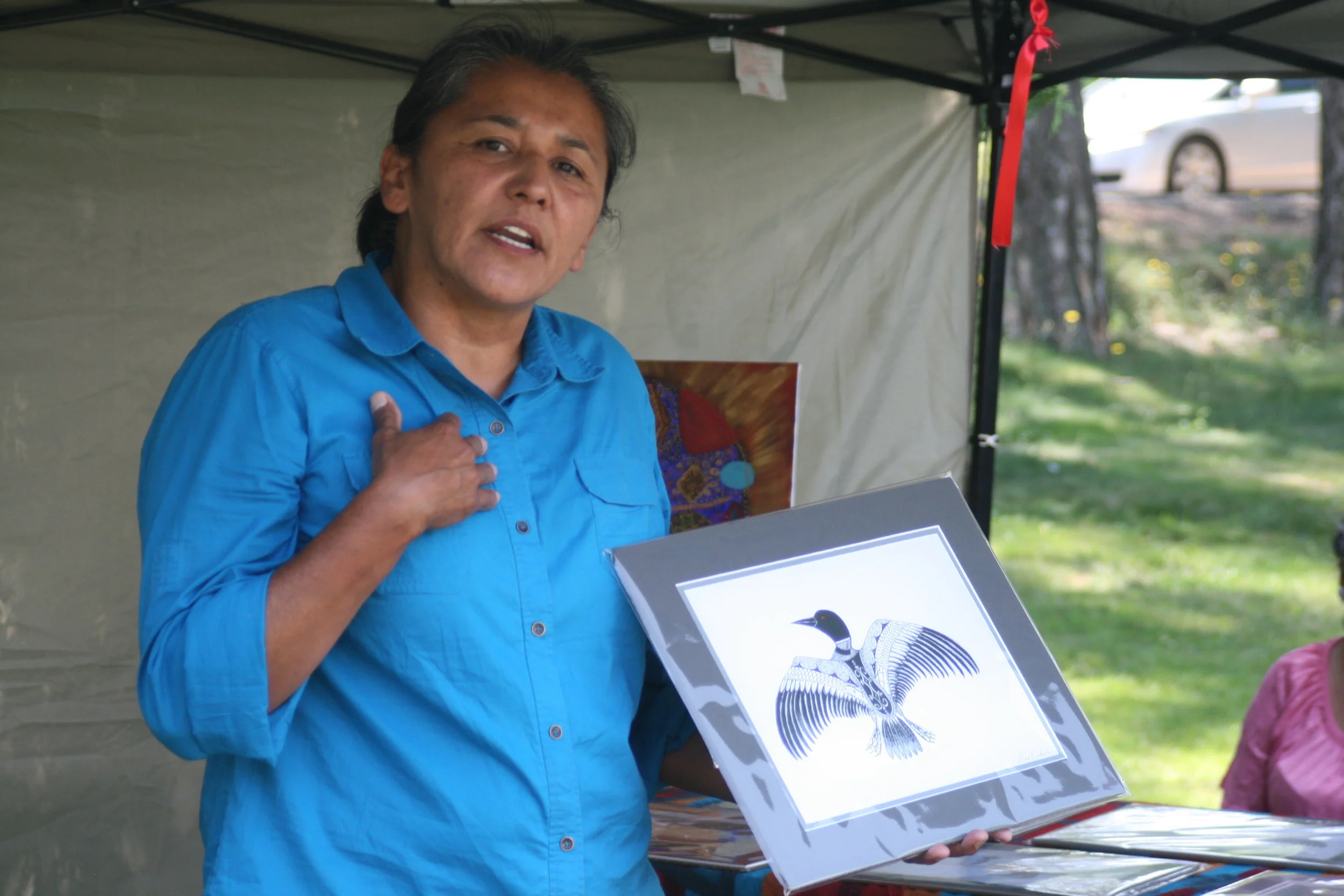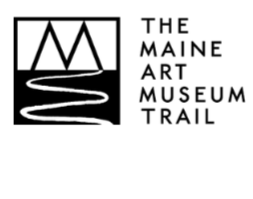Schoodic Institute Artist in Residence: Gina Brooks, Maliseet
/Gina Brooks and Abbe Museum Director of Collections & Interpretation Julia Gray at the 2015 Native American Festival & Basketmakers Market
New this year, the Abbe Museum and Acadia National Park are partnering to offer an artist in residence program at the Schoodic Institute in order to provide more opportunities for park visitors to learn about Wabanaki history and culture.
The artist, Gina Brooks, Maliseet, works in many art forms, including pen and ink, acrylic paint, ash baskets, quillwork, moosehair embroidery, and countless more. Considering herself an artist that is informed by Wabanaki culture and tradition, Gina uses traditional knowledge and designs to create intricate, one of a kind pieces that often reflect Wabanaki oral histories. Join Gina at various times during the week to learn about her different mediums, artistic process, and cultural influence as a professional artist.
Monday, July 25
Painting Demonstration at Dorr Hall, Schoodic Institute
11 am – 3 pm
Storytelling at Schoodic Woods
7:30 – 8:30 pm
Rain Date: July 26
Tuesday, July 26
Basketmaking Demonstration at Dorr Hall, Schoodic Institute
11 am – 3 pm
Wednesday, July 27
Porcupine Quill and Moosehair Embroidery Demonstration at Nature Center Patio, Sieur de Monts Spring in Acadia National Park
11 am – 3 pm
Rain Location: Abbe Museum downtown
Wednesday, July 27
Storytelling at Schoodic Woods
7 – 8 pm
Thursday, July 28
Birchbark Etching Demonstration at Dorr Hall, Schoodic Institute
11 am – 3 pm
Friday, July 29
Pen and Ink Demonstration at Dorr Hall, Schoodic Institute
9 am – 12 pm
Location: Schoodic Institute at Acadia National Park, 9 Atterbury Cir, Winter Harbor, ME 04693










